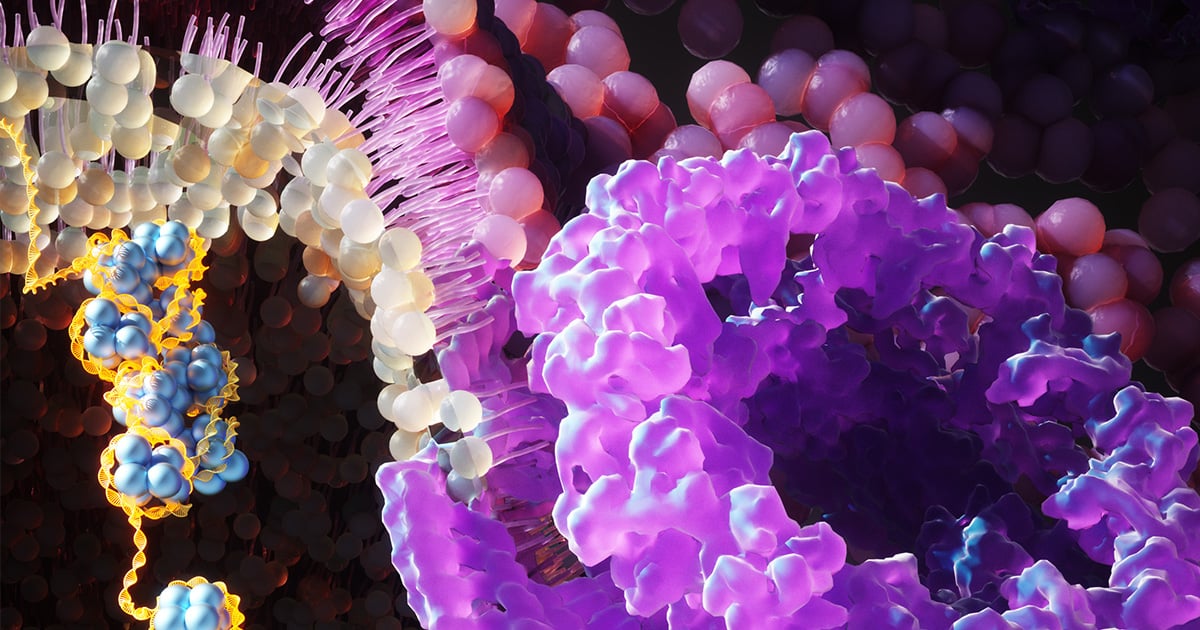
Image: Ella Marushchenko - scientific-illustrations.com
Australian researchers have developed a new method to ‘wipe the memory’ of reprogrammed human cells to better mimic embryonic stem cells, in a discovery that has significant implications for the treatment of several serious diseases.
The research, published in the prestigious scientific journal Nature, was a partnership between the Harry Perkins Institute for Medical Research, The University of Western Australia, Monash University and the University of Adelaide.
Lead co-author of the paper Dr Sam Buckberry, who is now based at The Kids Research Institute Australia and the Australian National University, said adult cells, such as skin cells, can be reprogrammed to become induced Pluripotent Stem Cells (iPS cells) – but they retain a partial memory of the cell type they used to be, which could limit their therapeutic potential.
“We have found a way to erase this memory, to make iPS cells function more like embryonic stem cells,” he said.
The use of embryonic stem cells in medicine raises ethical concerns as well as practical limitations. The ability to instead reprogram adult cells into iPS cells that have the functional equivalence of embryonic stem cells provides an important alternative that allows scientists to continue to advance stem cell therapies.
“These ‘blank slate’ cells show great promise in regenerative medicine, a field focused on regrowing, repairing or replacing damaged or diseased cells, organs or tissues,” Dr Buckberry said.
He said using adult cells in stem cell therapies had enormous potential.
“Scientists can make iPS cells from a patient’s own tissue, so there’s less risk the new cells will be rejected by the patient’s immune system.”
Trials are already under way to use stem cells to replace damaged cells in diseases like Parkinson’s.
Dr Buckberry said the development of iPS cell technology has implications for a whole range of diseases in adults and children.
“iPS cells are being tested for making insulin-producing pancreas cells to help people with diabetes,” he said.
“We’re not there yet, but it’s an example of what might be possible.
“If iPS cells can be made to forget their past identities, they can more reliably become any type of cell and help create specific cells needed for therapies, like neuronal cells for someone with Parkinson’s.
“It could also reduce the risk of unexpected behaviours or complications when iPS cells are used in medical treatments.”
Dr Buckberry spearheaded the work with fellow co-lead authors Dr Xiadong Liu, Dr Daniel Poppe, and Jia Tan, with the project co-led within Professor Ryan Lister’s lab at Harry Perkins Institute of Medical Research, and Professor Jose M. Polo’s lab at Monash University and the University of Adelaide.
The highly collaborative research project also included researchers from Westlake University, Queen Mary University of London, Mater Research Institute, University of Queensland, Queensland Brain Institute, South Australian Health & Medical Research Institute, Duke-NUS Medical School and CSIRO.
To learn more about this exciting discovery, see this article by Dr Buckberry in The Conversation and this media release from the Perkins Institute.
